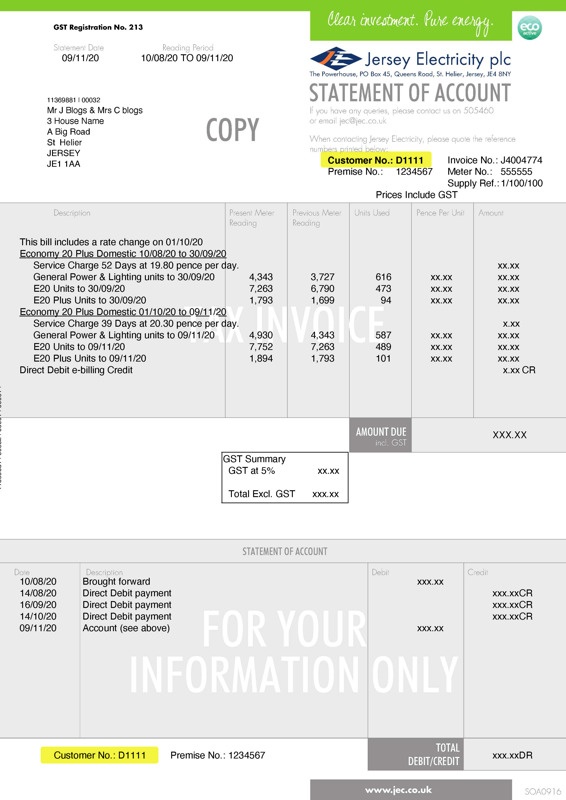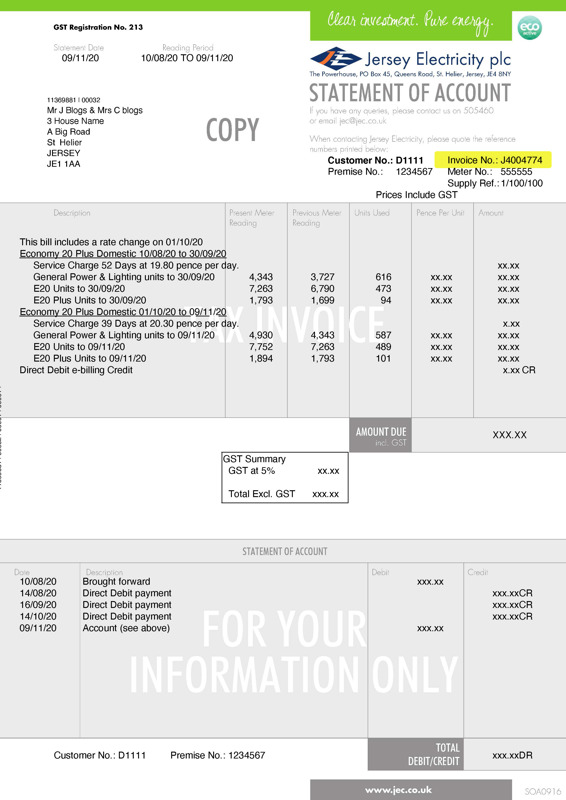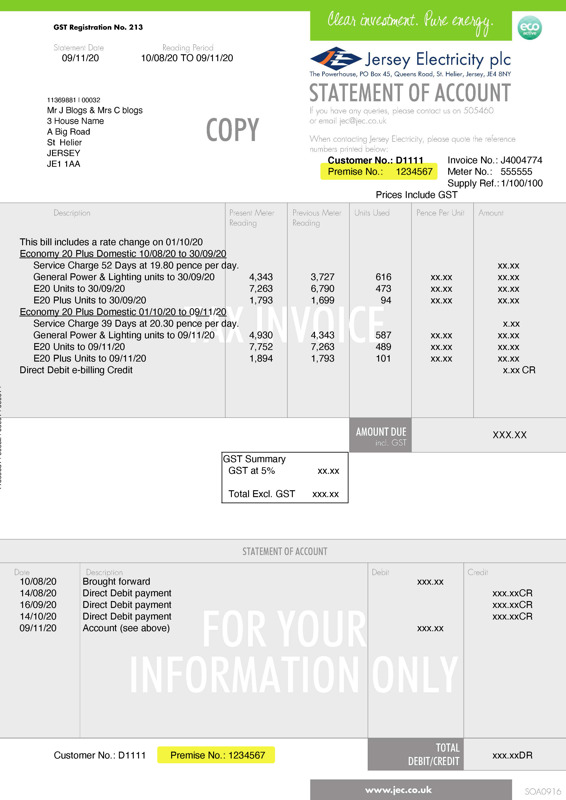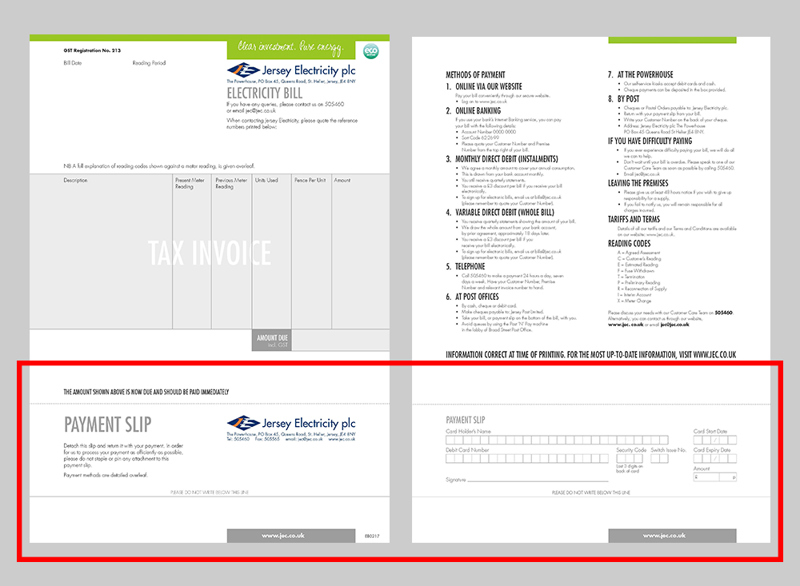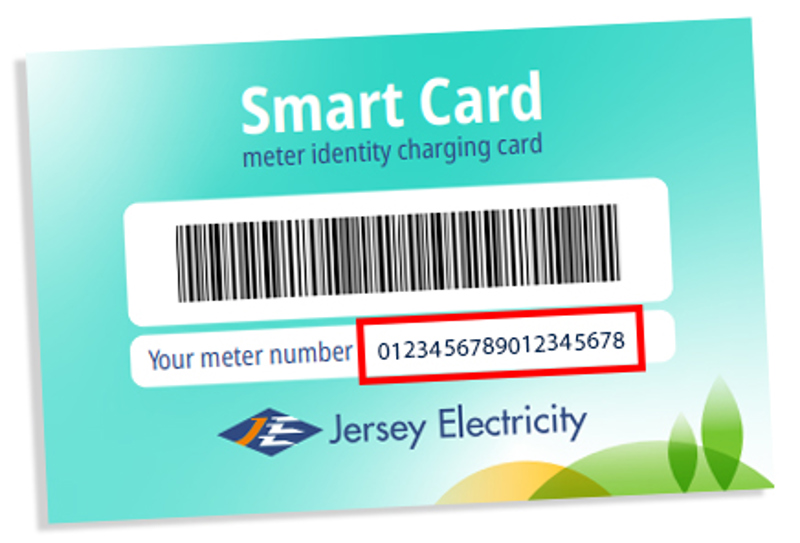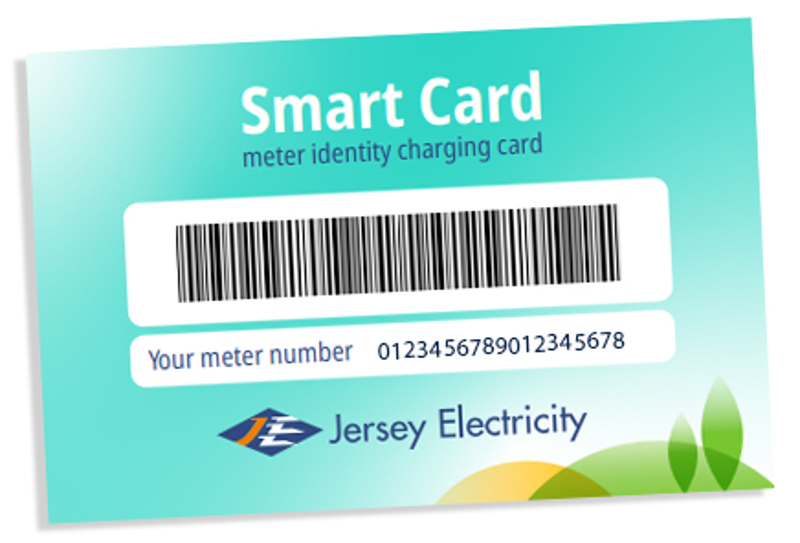Nuclear power ticks all our boxes
Reliable
Nuclear delivers steady, constant low-carbon electricity at scale when we need it. Two-thirds of our electricity comes from nuclear sources and our supply is 10 times more reliable than the UK’s.
Affordable
Low-cost imported nuclear power helps us keep electricity prices in Jersey affordable and stable.
Low Carbon
Imported nuclear power is just 4g CO2e/kWh and is the backbone of clean energy systems in over 30 countries today.
Jersey has one of the cleanest, most reliable and affordable electricity supplies in Europe
Jersey Electricity’s decision to tap into France’s largely nuclear-powered grid via an undersea supply cable known as EDF1, completed in 1985, provoked headlines. Despite the benefits nuclear power presented, at the time, opinions of this source of reliable, low-carbon power were mixed.
Today, almost four decades on, Jersey has three multi-million-pound supply cables to France, providing around 95% of the Island’s electricity. Approximately one-third of the Island’s electricity is from hydro sources, and two-thirds are from nuclear.
This imported power has benefited our Island enormously. It has:
- Enabled lower-priced electricity
- Provided a secure, reliable supply
- Prevented damaging carbon emissions
- Reduced air pollution
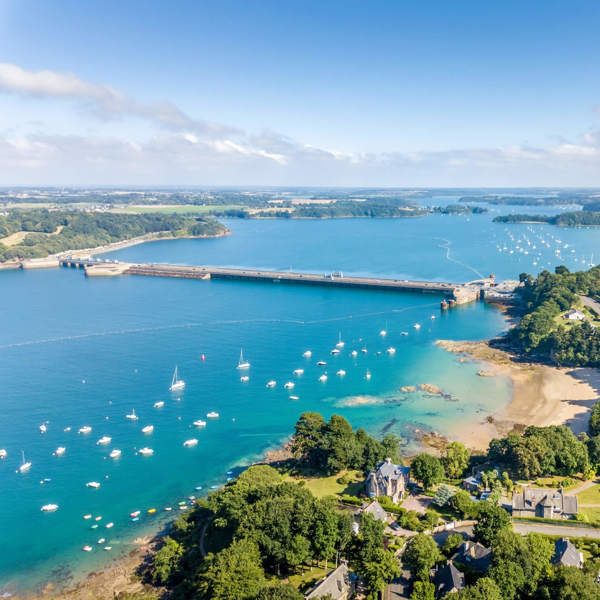
Our energy sources
The cleanliness of electricity is measured by the ‘carbon dioxide equivalent’ per unit of energy produced - CO2e/kWh. In 2018/19, Jersey’s imported electricity was less than 5g CO2e/kWh - lower than solar or wind power when you look at the carbon emitted over its life cycle (including its initial build).
When combined with electricity procured from the Government of Jersey’s Energy from Waste plant and a small amount of on-Island generation, Jersey’s distributed electricity in 2019/20 was just 24g CO2e/kWh. That is around one-tenth of the emissions of the UK’s electricity system.
Opponents of nuclear power are now supporters
For all practical purposes, Jersey’s electricity supply is now decarbonised, something the UK is unlikely to accomplish before the 2040s. What’s more, Jersey’s electricity supply is ten times more reliable the UK’s - just five Customer Minutes Lost (CMLs) in 2019/20 compared with 80 in the UK (2018/19). Despite all this, nuclear power continues to divide opinion.
Yet many former opponents, including many environmentalists, are now supporters. They acknowledge that nuclear is a vital component of a clean energy mix needed to combat the immediate threat of climate change.
Nuclear power supports renewables and can be key to unlocking the potential of more renewables by providing flexible support day or night, rain or shine, whatever the season.
"To achieve climate change goals and ensure sufficient energy for the future, we need to make use of all available sources of clean energy." International Atomic Energy Agency (IAEA) Director-General Rafael Mariano Grossi
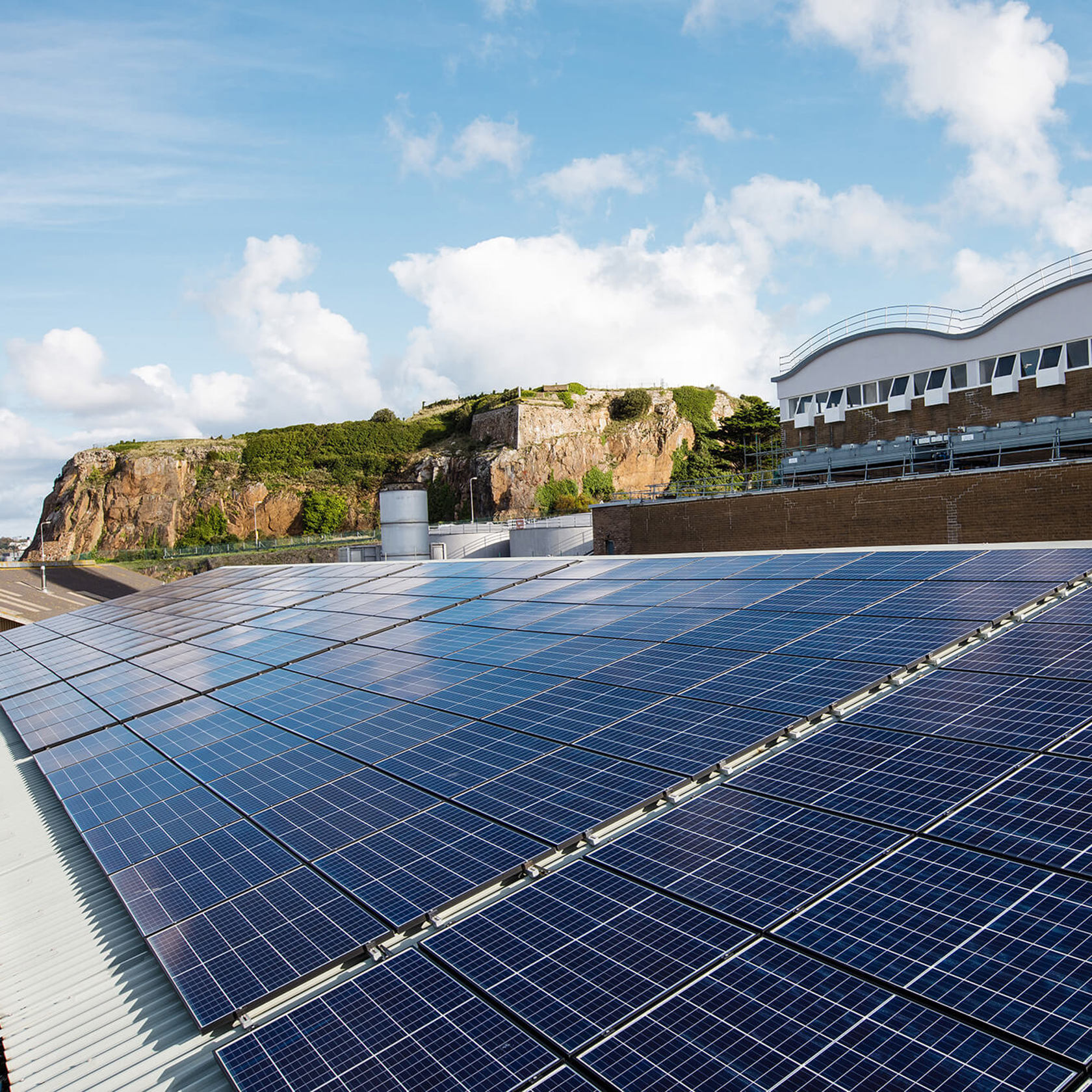
Global demand for energy is still increasing. To meet this demand while also combatting the immediate challenge of climate change, we need to generate low carbon electricity at scale and have it on demand whenever people need it – including on a cold winter’s night in Jersey when there is no sun, no wind or when the tides are slack.
Nuclear power offers this steady, on-demand, reliable and clean supply, and it is the backbone of clean energy systems in over 30 countries today. Not only is it capable of delivering constant electricity at scale, but nuclear power also has a very low carbon content.
When considering total lifecycle emissions, (including emissions caused during the building of the plant as well as emissions direct from their operation), nuclear is the second-largest source of low-carbon electricity production globally after hydropower. It’s cleaner than solar PV when total lifecycle emissions are taken into account.
Without nuclear as part of the energy mix, we have little hope of limiting global warming to 1.50C above pre-industrial levels deemed essential by the UN’s Intergovernmental Panel on Climate Change (IPCC). It says that without dramatic changes to our lifestyles, such as diet and travel, the world will need to increase nuclear’s contribution to electricity generation five-fold by 2050 to meet the 1.50C target.
Nuclear power is ‘cleaner’ than solar
Solar PV is an important source of renewable energy capable of being generated on Island. Jersey Electricity is actively investing to make solar power a reality in Jersey because we recognise the demand for clean on-Island generation. Renewables are part of our future solution but not the sole solution.

400 million cars off the world’s roads
Using nuclear power rather than fossil fuels to generate electricity already avoids the emission of more than 2,500 million tonnes of carbon dioxide globally every year. That is the equivalent of removing around 400 million cars from the world’s roads.
To this extent, we have already achieved a lot in building cables into France and tapping into nuclear, but we need to do more, and the solution needs to involve a blend of generation types. Given that the majority of countries produce baseload supply using fossil fuel, increasing the use of nuclear power would rapidly decarbonise global electricity systems as it has done in Jersey, France and Sweden.
Benefits you may not know
Nuclear power has health, environmental and safety benefits that are often unknown due to its incredible ‘energy density’. It would take 3,200 tonnes of coal (about the size of a large five-storey building) to produce the same amount of energy as a golf-ball-size piece of uranium. Just a few kilos of uranium can provide a person with all their energy needs for a lifetime.
In terms of land use, even in the sunniest of climates, a solar PV farm would require 450 times more land to produce the same amount of energy as a nuclear plant. In the context of Jersey, a third of the Island would need to be covered in solar panels to meet the Island’s future energy needs.
This ‘energy density’ also means nuclear power generation produces little waste. If the entire population of the United States – over 328 million people – got all their electricity solely from nuclear power, the amount of nuclear waste each person would generate would be just 39.5 grams a year.

Breathe easy
Unlike power plants using coal, gas or biomass, nuclear plants produce heat without fire, so no smoke enters the atmosphere as air pollution. The World Health Organisation calculates air pollution is responsible for seven million premature deaths a year which could be averted by the use of low carbon electricity, produced from nuclear power.
In effect, the use of nuclear power already prevents many tens of thousands of deaths and could potentially prevent more.
Managing waste effectively
Nuclear waste (spent nuclear fuel) is exceptionally well managed today and can in most cases be recycled to produce even more power in advanced fast reactors.
This results in less waste and much more energy extracted from the raw ore. In France, for example, which has some of the cleanest and cheapest electricity in Europe, 75% of electricity is currently from nuclear sources, and 17% of that is from recycled nuclear waste.
In the UK, more than 94% of all radioactive waste in stock and estimated to be produced over the next 100 years will be Low-Level Waste or Very Low-Level Waste. It would amount to around 4.5 million cubic metres in volume, roughly the size of Wembley stadium.
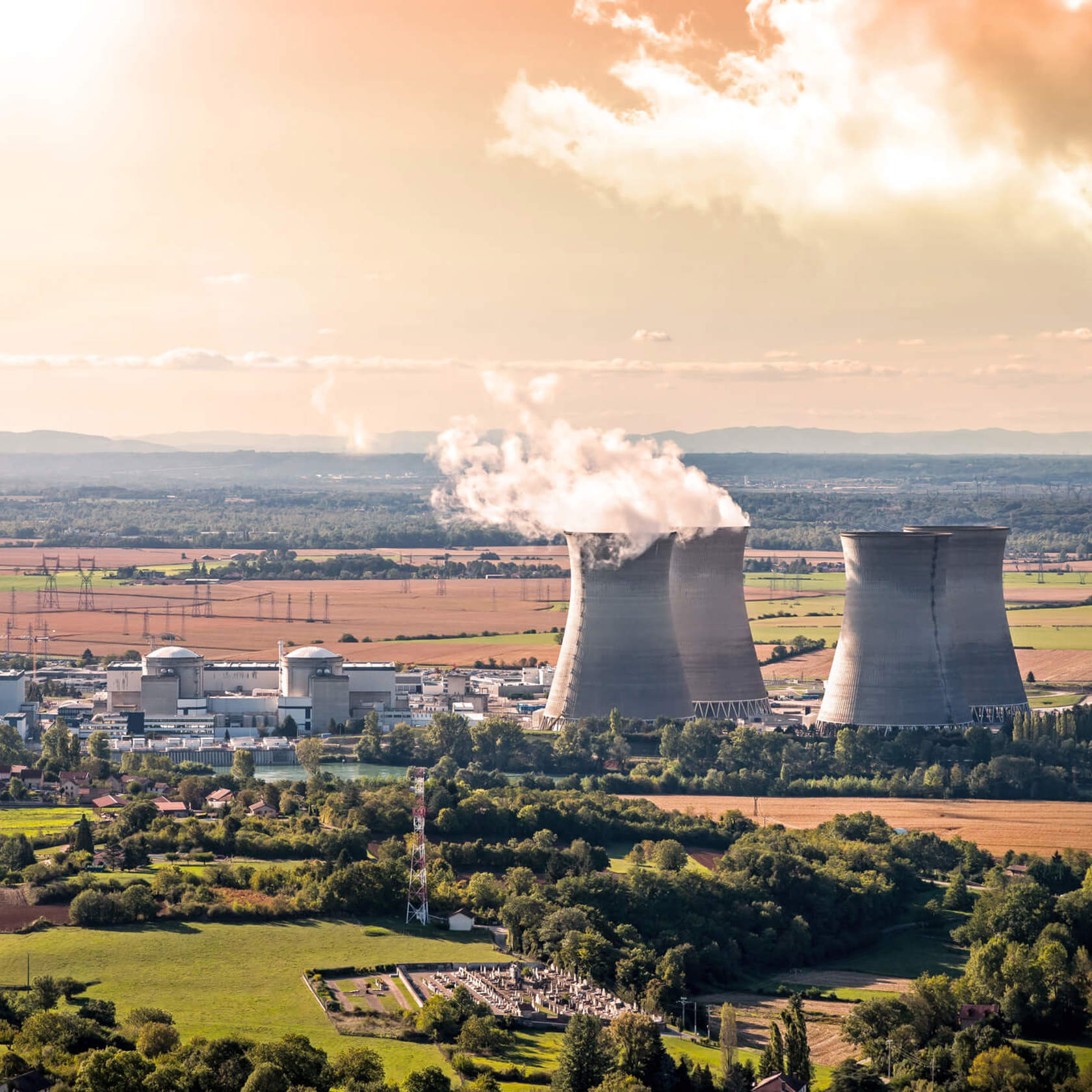
The two major accidents at nuclear power plants that have released substantial amounts of radiation are Chernobyl in 1996 and Fukushima in 2011. However, despite the disaster caused by a tsunami at Fukushima, there were no fatalities and no radiation-related injuries.
Chernobyl was the only accident in the history of commercial nuclear power which directly resulted in radiation-related fatalities. Sadly, two plant workers died due to the explosion on the night of the accident which the World Nuclear Association says was the ‘product of a flawed Soviet reactor design coupled with serious mistakes by plant operators. It was a direct consequence of Cold War isolation and the resulting lack of any safety culture.’
The world – and nuclear reactors – have come a long way since Chernobyl. Humankind and life as we know it is under immense threat from ever-increasing global temperatures. For now, at least, clean, reliable nuclear power can play a vital part in our bid to combat climate change.
Generating safely
Nuclear power remains the safest form of electricity generation. Every major scientific study into the health and safety of different energy sources since the Sixties has found that using nuclear energy is the safest way to make reliable electricity when compared with coal, natural gas and wind.

Focusing on the future
Jersey, like many countries, is striving to improve living standards through the efficient use of electricity and automation. This must be done responsibly through the use of the lowest cost, most reliable, sustainable power available. Renewable energy is an essential part of the future.
Today, it must be supported by low carbon nuclear power. The current climate emergency means our future depends on it. Therefore it’s not nuclear or renewables, it’s nuclear and renewables.


